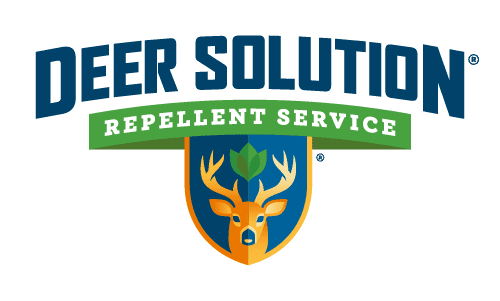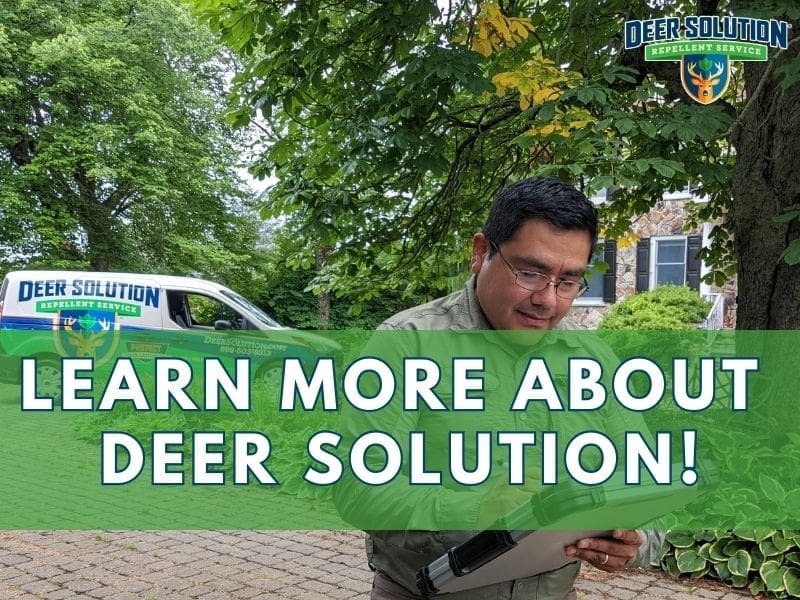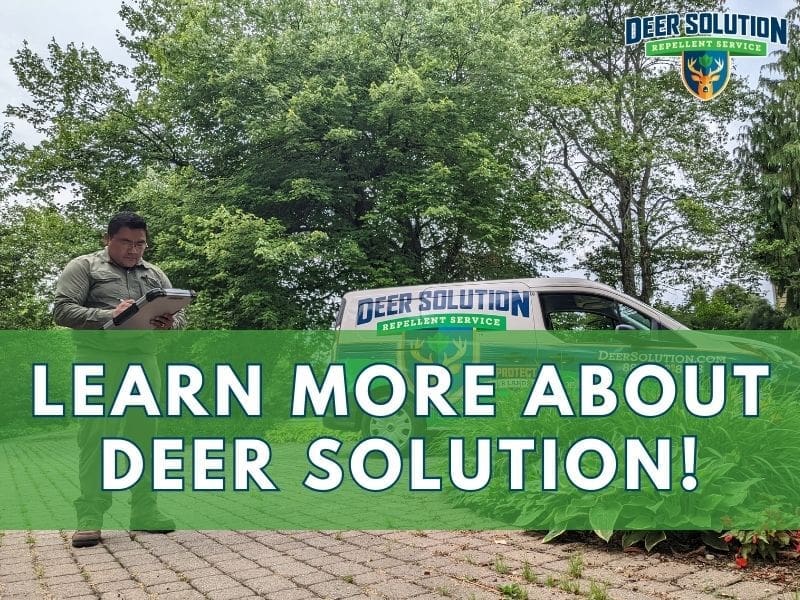Frederick County, Maryland, is facing a significant and complex environmental issue – the overpopulation of deer, especially the New Jersey deer species. This increase in deer numbers is leading to heightened human-deer interactions and causing substantial damage to both natural and landscaped environments.
The Landscape at Risk
The county’s varied landscapes, including public parks, private gardens, and natural reserves, are under considerable strain due to this overpopulation. Deer, through their feeding habits, have caused extensive damage to vegetation.
This disruption has resulted in a loss of plant diversity and the destruction of undergrowth, which is vital for the ecological balance of these areas. The impact extends beyond aesthetics, as it affects the overall health and stability of the county’s ecosystems.
Economic and Agricultural Impacts
This overpopulation has significant economic repercussions, particularly in the agricultural sector. Farmers are grappling with crop damage and the associated financial losses.
The cost of restoring landscapes, both in public and private realms, has also escalated. The situation presents a substantial economic challenge to the local community and the county’s budget.
Ecological and Environmental Concerns
Ecologically, the overgrazing and habitat destruction caused by deer are severe. It poses long-term challenges to Frederick County’s biodiversity and the health of natural ecosystems.
This imbalance in the ecosystem can lead to a cascade of environmental issues, including soil erosion, reduced habitat for other wildlife, and changes in forest composition.
Community and Government Response
Addressing the issue of deer overpopulation has become a priority for the community and local government. Efforts are being made to understand the behavior and feeding patterns of deer, particularly the New Jersey species, and to develop strategies that mitigate their impact while respecting the natural ecosystem.
Deer Harvest Statistics
Frederick County reported the highest deer harvest in Maryland for the 2021-2022 season, with 6,088 deer, highlighting the extent of the deer presence. However, the overall deer harvest in the state, including Frederick County, displayed a decrease from the previous season, with a total of 70,845 deer harvested.
This decline in harvest numbers reflects the challenges in managing deer populations and underscores the complexities involved in wildlife management.
Strategies for Management
The county is exploring various strategies to manage the deer population effectively. These include habitat management, controlled hunting seasons, and public education programs about living with wildlife.
Innovative approaches, such as the use of deterrents and fencing, are also being considered to protect specific areas from deer damage.
Community Engagement and Education
Community engagement and public education are critical components of the strategy. By raising awareness about the issue and its impacts, the county aims to foster a more informed and proactive community response.
This involves educating residents about the ecological role of deer, the reasons behind their overpopulation, and ways to coexist with wildlife.
Research and Sustainable Practices
Ongoing research into sustainable wildlife management practices is another focus. This includes studying deer behavior, monitoring population trends, and assessing the effectiveness of various control methods.
The goal is to develop a comprehensive and adaptive management plan that balances the needs of the ecosystem with those of the community.
Future Directions
Looking ahead, Frederick County must continue to adapt and refine its strategies to manage the deer population effectively. This involves ongoing community engagement, research into sustainable practices, and exploring innovative approaches to wildlife management.
Managing deer overpopulation and landscape damage in Frederick County is a complex task that requires a multifaceted response. It necessitates active community engagement, a deep understanding of deer behavior, and the implementation of sustainable wildlife management practices.
The future of the county’s ecosystems and agricultural prosperity depends on the successful management of this escalating challenge.










